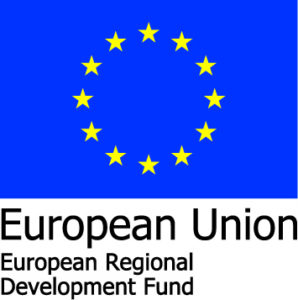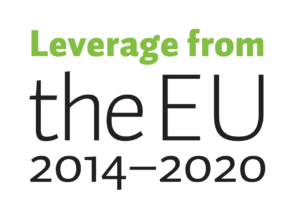Hyperspectral Technology Enhances the Quality and Accuracy in Drill Core Loggings
HypeLAP – Hyperspectral Lapland project studied technologies to support mineral exploration in Central Lapland Greenstone Belt. The findings highlight the potential of hyperspectral sensing as a fast, non-invasive, and non-destructive method for complementing traditional drill core logging.

Drill cores provide information for mineral exploration
Various geological data sources are used in mineral exploration to find new mineral deposits. One of the most important and expensive sources is diamond drilling, from which long, cone-shaped bedrock samples, or drill cores, are obtained from the subsurface. Information on the composition and structure of drill cores is a key element in target-oriented mineral exploration. Drill core reporting (logging) involves systematic recording of this information. When logging drill cores, a geologist traditionally writes a description of the entire drill core, after which part of the core samples is selected for detailed laboratory analysis. At that point, the mineralogical and elemental composition of the samples is determined. Such laboratory analysis is accurate, although at the same time time-consuming and expensive. Consistent drill core logging requires skill and accuracy, as well as practical experience.
Hyperspectral sensing complements traditional exploration methods
Hyperspectral sensing offers a fast, non-invasive, and non-destructive method for complementing traditional drill core logging. The method is based on the utilization of specific wavelengths of the electromagnetic spectrum to identify materials and their properties. Different materials reflect and emit radiation in different ways, so they can be distinguished from each other based on their characteristic spectra. Modern drill core scanners and portable spectrometers commonly utilize the visible and near infrared (400–1,000 nm), short-wave infrared (1,000–2,500 nm) and long-wave infrared (8,000–12,000 nm) wavelength regions.
In geological research, hyperspectral technology can be used to produce measurable mineralogical and mineral chemical data on drill cores. This makes hyperspectral technology particularly useful for assisting drill core logging. In the best case, the technology makes it possible to identify almost all the most commonly occurring minerals. This provides a valuable tool for mineral exploration and exploitation since such information can be obtained within days from hundreds of meters of drill core. This, in turn, reduces the number of samples needed for laboratory analysis.
Hyperspectral technology applied to areas of mineral potential
Hyperspectral Lapland (HypeLAP) project studied practical solutions for mineral exploration by taking advantage of the state-of-the-art hyperspectral instrumentation. The study areas of the project (Pahtavuoma, Kirakka-Aapa, Hirvilavanmaa and Ruosselkä) were located within the Central Lapland Greenstone Belt, which has a relatively short exploration history and thus, still potential for new discoveries. The results suggest that mineralogical and mineral chemical changes, detectable using hyperspectral technology, occur in the study areas. Thus, the results provide valuable information for mineral exploration in the study areas and in similar areas elsewhere.
Further information
Markku Korhonen, Project Manager
Geological Survey of Finland (GTK)
markku.korhonen@gtk.fi
Vesa Nykänen, Research Professor
Geological Survey of Finland (GTK)
vesa.nykanen@gtk.fi
Kati Laakso, Senior Scientist
Geological Survey of Finland (GTK)
kati.laakso@gtk.fi
The final project report is available HypeLAP – Hyperspectral Lapland


The HypeLap project was funded by the European Regional Development Fund (ERDF), granted by the Business Finland, in the Sustainable Growth and Jobs 2014–2020 -programme (90% share). The second funder of the project was the Geological Survey of Finland (10% share). The steering group of the project consisted of the following companies: AA Sakatti Mining Oy, Agnico Eagle Finland Oy, Aurion Resources Oy, Boliden FinnEx Oy, Boliden, Ab Scandinavian GeoPool Ltd, Geovisor Oy, Magnus Minerals Oy, Mawson Oy, Palsatech Oy and Rupert Finland Oy. The HypeLAP project started in June 2020 and ended in November 2022.
